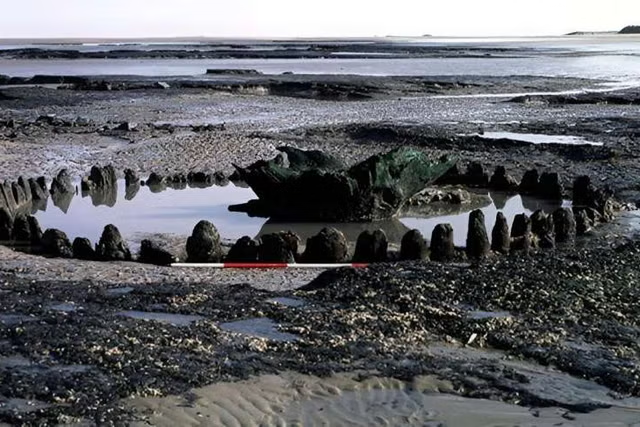The alert level at Hawaii's Kilauea volcano has been raised as scientists report an increase in activity.
Kilauea is not erupting, but there has been increased earthquake activity and ground deformation at the summit since June 2, an update from the U.S. Geological Survey said. The activity suggests magma is moving just below the surface, the USGS added.
"Rates of seismicity and deformation increased further after 5:00 p.m. HST. At this time, it is not possible to say with certainty if this activity will lead to an eruption—the activity may remain below ground," the agency said in the update on Sunday. "However, an eruption in Kīlauea's summit region within Hawai'i Volcanoes National Park is one potential outcome."
"Accordingly, the USGS Hawaiian Volcano Observatory (HVO) is raising the Volcano Alert Level for ground-based hazards from ADVISORY to WATCH and the Aviation Color Code from YELLOW to ORANGE," it added. "HVO continues to closely monitor Kīlauea for signs of increasing activity. Should volcanic activity change significantly, a new Volcanic Activity Notice will be issued."
As a result of the increased activity, the nearby Devastation Trail parking lot and Keanakakoi area are closed until further notice, the Hawaii Volcanoes National Park Service said.
The Kilauea volcano is one of the most active volcanoes on Earth, so this kind of activity is not unusual. It has been erupting frequently since 1983, although most eruptions have been confined to the crater, so they typically do not pose a danger to surrounding communities.
However, the volcano is still considered dangerous because it has produced explosive eruptions in the past.
Between May and August in 2018, a series of explosive eruptions spewed large lava flows throughout the nearby Puna District. The eruptions destroyed more than 700 homes and caused tens of thousands of earthquakes. The summit area of the national park also changed drastically as a result.
Scientists continue to keep a close eye on the volcano, and recently, researchers found an explanation for Kilauea's explosive eruptions.
In a study, researchers from the USGS and other institutions likened Kilauea's eruptions to a "stomp-rocket" toy, which works by stomping on a gas-filled chamber that propels a rocket into the air.
The scientists found that the eruptions that began in May 2018 were all similar. They all involved the sudden collapse of the magma reservoir, which significantly increased the pressure of gas trapped in the chamber. The rapid buildup of pressure led to an explosive eruption.
Do you have a tip on a science story that Newsweek should be covering? Do you have a question about Kilauea? Let us know via science@newsweek.com.
Disclaimer: The copyright of this article belongs to the original author. Reposting this article is solely for the purpose of information dissemination and does not constitute any investment advice. If there is any infringement, please contact us immediately. We will make corrections or deletions as necessary. Thank you.



